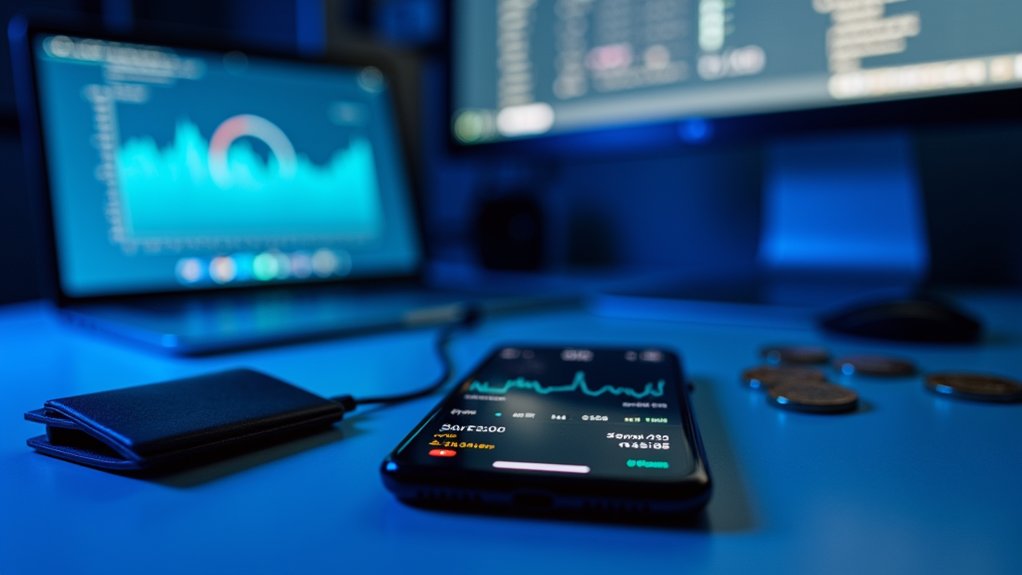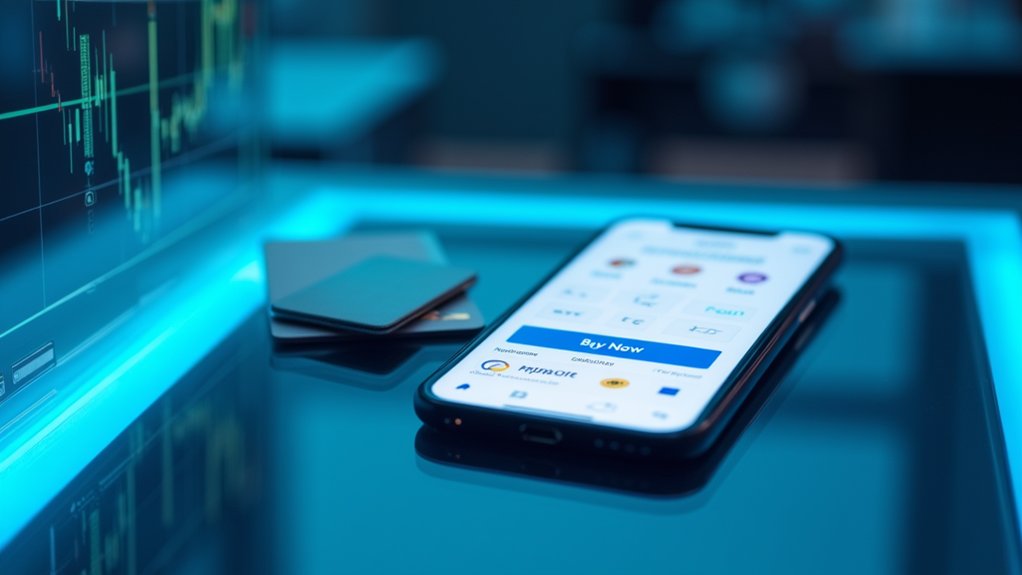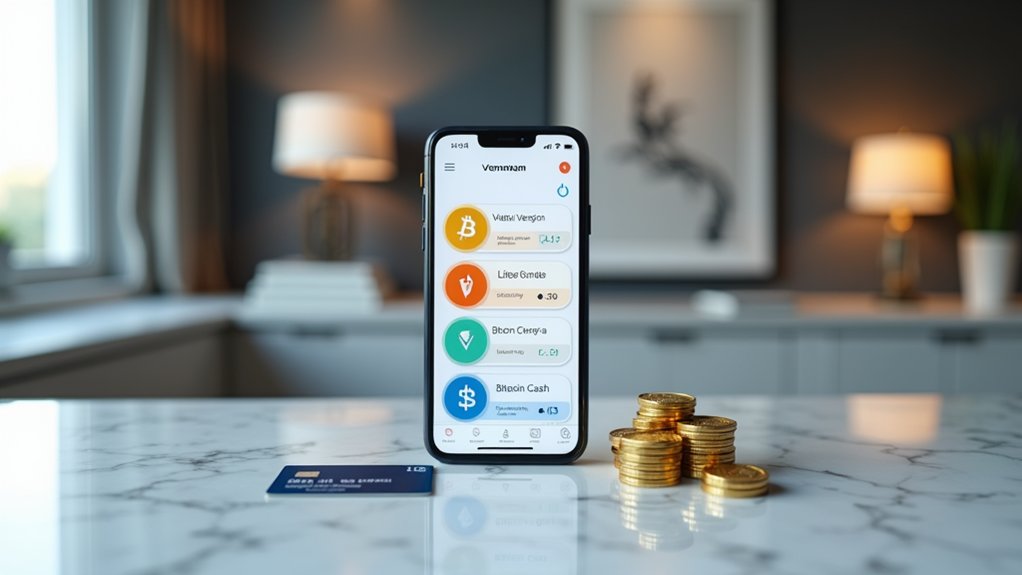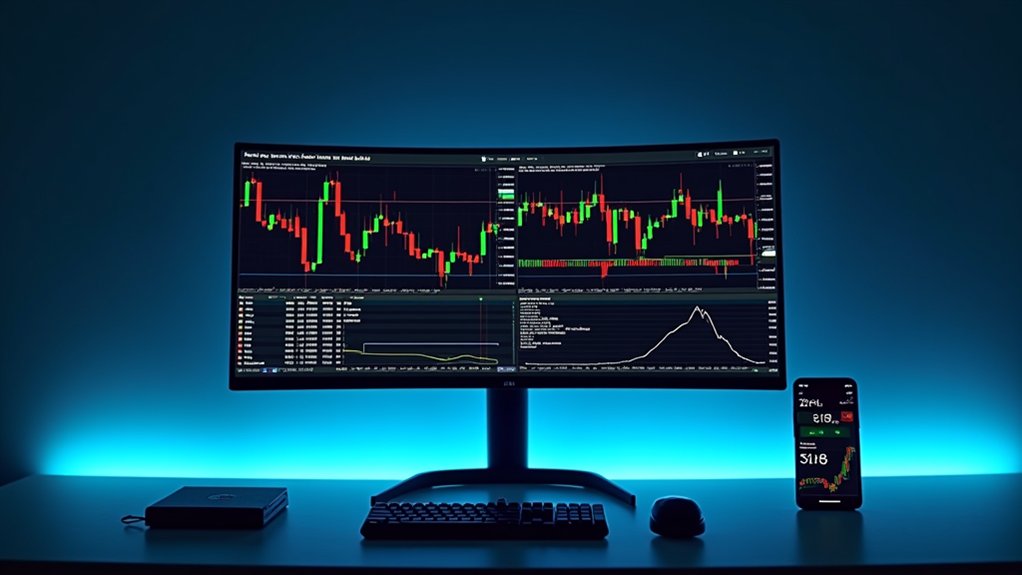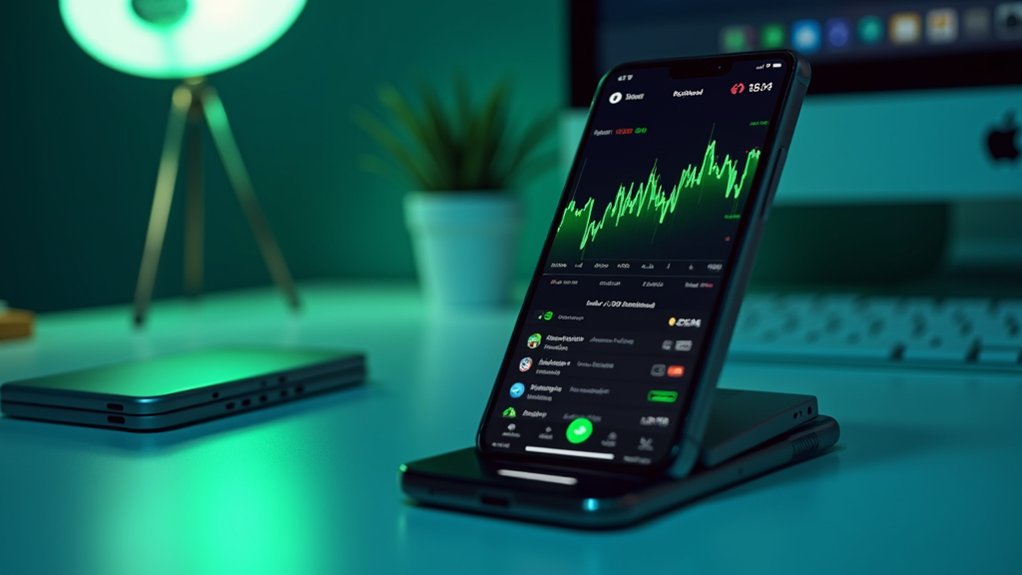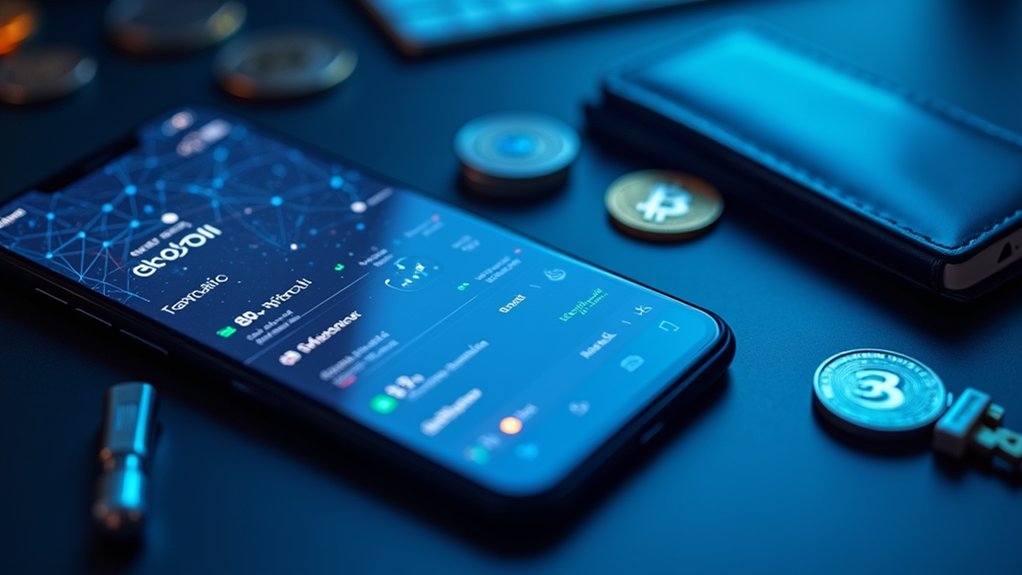To purchase SafeMoon cryptocurrency, investors must first acquire intermediary tokens like BNB or ETH through centralized exchanges like Binance or Coinbase. These base tokens should then be transferred to a compatible non-custodial wallet, like MetaMask or SafeMoon Wallet, configured for the Binance Smart Chain. Finally, investors can exchange these intermediary tokens for SafeMoon using decentralized exchanges like PancakeSwap, setting a slippage tolerance of approximately 12% to accommodate the token's 10% transaction fee structure. The following instructions provide detailed steps for traversing this process securely.
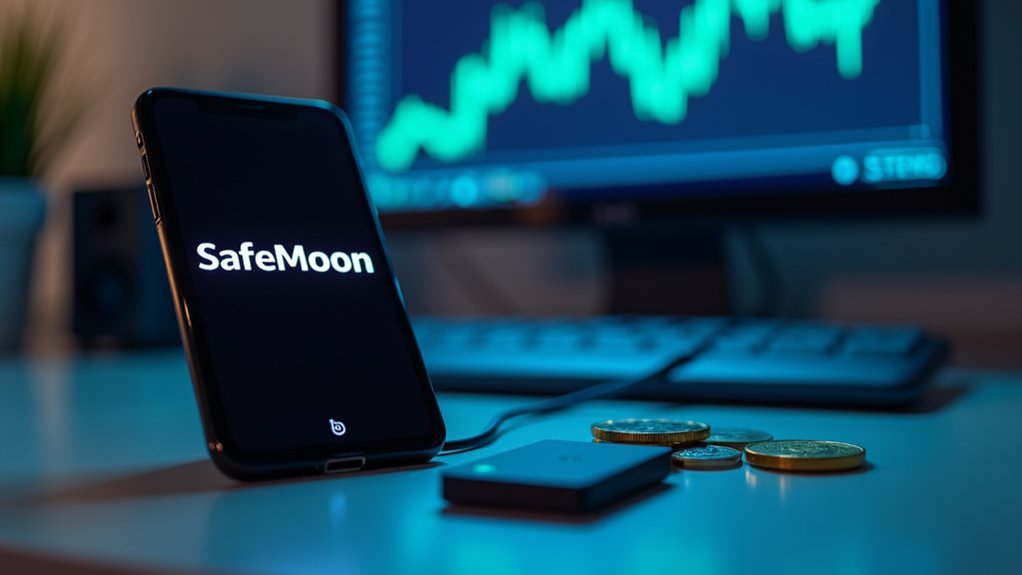
Purchasing SafeMoon cryptocurrency requires several precise steps, since this token operates outside traditional financial infrastructures and employs a unique tokenomics model that distinguishes it from mainstream digital assets. Investors must first acquire a compatible wallet, with MetaMask, Trust Wallet, or the native SafeMoon Wallet being the primary options that support the necessary decentralized exchange interactions and multi-network functionality.
These wallets must be properly configured to interact with both Ethereum and Binance Smart Chain networks, because SafeMoon transactions occur exclusively through these blockchain environments.
The acquisition process begins with purchasing intermediary cryptocurrencies, typically Ethereum (ETH) or Binance Coin (BNB), through regulated centralized exchanges like Binance or Coinbase, where standard identity verification procedures apply. Once these base tokens are secured and transferred to the investor's non-custodial wallet, they serve as the exchange medium for acquiring SafeMoon through decentralized exchanges like PancakeSwap, or through the combined swap feature within the SafeMoon Wallet.
During this conversion process, traders must adjust slippage tolerance settings to approximately 12% or higher to accommodate SafeMoon's distinctive fee structure and market volatility traits.
SafeMoon's 10% transaction fee warrants particular attention, because this mechanism fundamentally alters traditional trading interactions by imposing significant costs on sellers while rewarding long-term holders through a 5% redistribution protocol. The remaining 5% contributes to liquidity pools, partially through automated burning mechanisms that theoretically reduce circulating supply over time. SafeMoon launched in March 2021 with an initial supply of 777 trillion tokens that has been gradually reduced through its burning strategy.
This economic model has contributed to SafeMoon's remarkable historical volatility, including a 20,000% price surge followed by a near-complete value erosion of approximately 99%.
Security considerations remain paramount throughout the investment process, with investors advised to implement rigorous protection measures including hardware wallet combination where possible, two-factor authentication on all exchange accounts, and vigilance against the numerous phishing attempts that target SafeMoon holders.
The token's limited liquidity on decentralized exchanges further compounds risk factors, potentially restricting exit options during periods of market stress or regulatory intervention. Investors should be aware that SafeMoon V2 launched in December 2021 with reduced transaction fees of 2% compared to the original version.
Frequently Asked Questions
What Are the Tax Implications of Safemoon Investments?
Safemoon investments trigger capital gains taxation upon sale, exchange, or conversion, with holding periods determining applicable tax rates.
The platform's 10% transaction fee reduces proceeds but remains non-deductible for tax purposes.
Investors must maintain thorough records of all transactions, since exchanges may report activities to the IRS via Form 1099.
Legal concerns surrounding Safemoon, including SEC allegations, potentially complicate tax treatment and increase investor risk exposure.
Can Safemoon Be Stored in Hardware Wallets?
SafeMoon tokens can indeed be stored in hardware wallets, provided they support BEP20 tokens on the Binance Smart Chain network.
Users must verify compatibility before proceeding, since not all hardware devices support BSC tokens. The SadePal S1 is specifically recommended for offline SafeMoon storage, offering enhanced security protection against online threats.
When configuring a hardware wallet, investors must enable the Binance Smart Chain network and correctly input the SafeMoon contract address for proper functionality.
How Volatile Is Safemoon Compared to Bitcoin?
SafeMoon exhibits dramatically higher volatility than Bitcoin, demonstrated by its 20,000% surge and subsequent 99% decline within a single year (2021-2022).
While Bitcoin experiences significant fluctuations, its larger market capitalization ($396B versus SafeMoon's $88.4M), institutional adoption, and deeper liquidity pools create more gradual price movements over months rather than days.
SafeMoon's volatility stems primarily from social media-driven speculation, limited exchange availability, and its deflationary tokenomics model with 10% transaction fees.
Is Safemoon Audited by Reputable Security Firms?
SafeMoon underwent audits by established firms including CertiK, though these revealed significant vulnerabilities.
The March 2023 exploit, which resulted in an $8.9M loss, targeted an unaudited function outside the original audit scope.
HashEx's audit identified twelve vulnerabilities, including critical risks of temporary ownership hijacking and potential fund misappropriation.
This audit history demonstrates the importance of continuous security assessment, since post-deployment contract modifications may introduce new vulnerabilities despite initial certification.
What Happens to Safemoon Tokens During Network Upgrades?
During SafeMoon network upgrades, tokens undergo substantial transformations, including changes to fee structures, burn mechanisms, and cross-chain operability.
Previous migrations required token holders to manually migrate their assets, with the exception of those on the SafeMoon Exchange.
The shift from V1 to V2 reduced transaction fees from 10% to 1%, while maintaining deflationary mechanisms through manual burns across multiple chains, including BSC, Ethereum, Polygon, and Solana, which collectively impact the total pooled supply.
